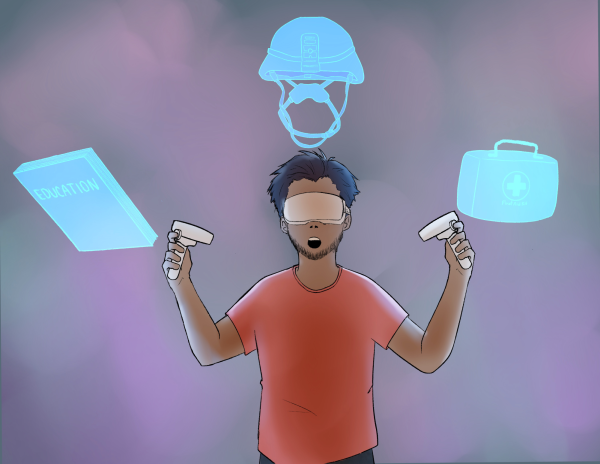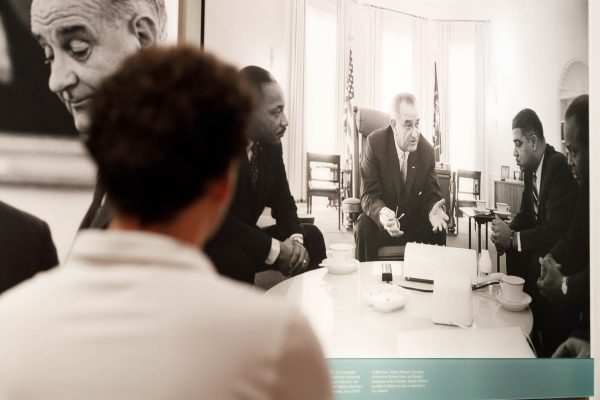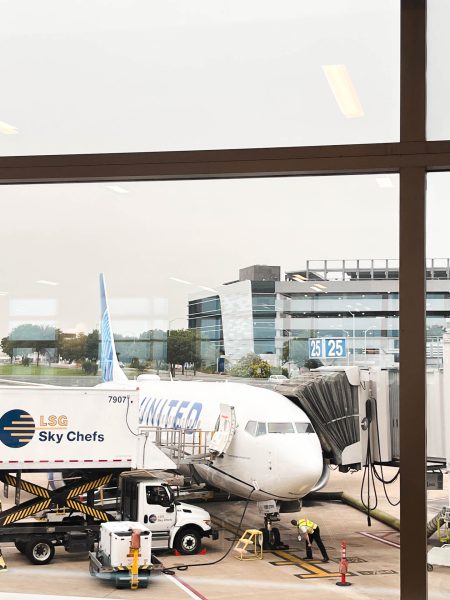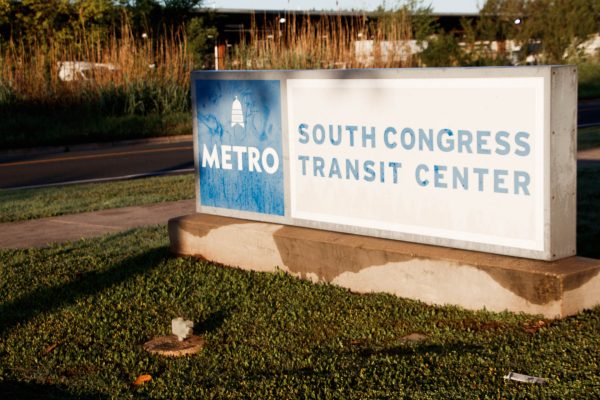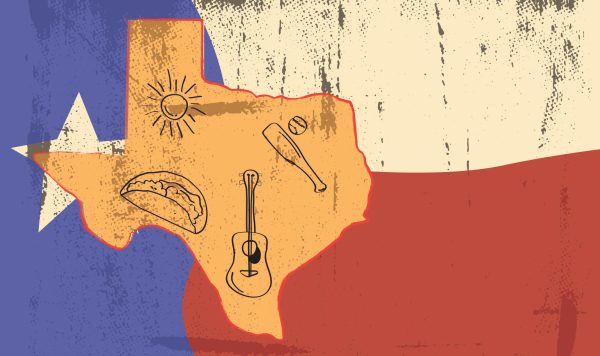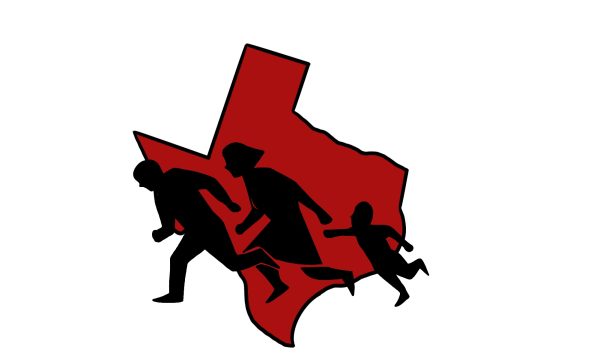Hipster culture comes at a price in East Austin neighborhood
Like it or not, Austin is a pretty hip town. From South Congress to Hyde Park, young locals and students can be recognized by their skinny jeans, fixed-gear bikes and iced lattes.
People outside Austin have even taken notice of its emerging hipster culture. Forbes recently published its list of “America’s Hippest Hipster Neighborhoods,” with East Austin taking the number seven spot. The list was based on number of coffee shops, food trucks, music venues and other indicators of hipness.
It is not surprising that an Austin neighborhood made Forbes’s list, but until recently, east Austin is not the neighborhood most people would expect to make the hip list. East Austin, roughly bound by I-35, Airport Blvd., Martin Luther King, Jr. Blvd. and Lady Bird Lake, has traditionally been home to many Hispanic and African-American families with established culture and businesses. The food trucks, coffee shops and trendy bars are relatively new.
East Austin has long-standing cultural roots that one does not usually associate with fleeting hipster culture. Forbes even mentions the great Mexican food in East Austin in its list, but the writers of the list fail to realize that the Mexican food was there before it was hip to eat Mexican food. But with the influx of hip food trucks and and new residents with fleeting tastes, the great Mexican food may not be in east Austin forever.
Forbes’s list seems to be applauding the hipness of “America’s Hippest Hipster Neighborhoods,” but is hipness at the expense of long-standing culture really something to celebrate? In recent years, east Austin has been central to the debate over gentrification in Austin.
Gentrification occurs when high-income people, often white people, start buying or renting property in lower-income neighborhoods like east Austin, which are often not predominantly white. Although gentrification has mostly to do with high income people in low-income neighborhoods, the discussion of race cannot be left out of the conversation about gentrification.
The problems associated with well-off white people (i.e. hipsters) moving into low-income, non-white neighborhoods are many. Neighborhoods like east Austin were built by families, but young hipsters often live alone. Thus, the neighborhood becomes less about the community and more about the individual.
While young white people might appropriate pieces of a neighborhood’s culture, like east Austin’s Mexican food, they do not fully engage in the pre-established culture; they mostly replace it with their own. Taco stands and bakeries are replaced with food trucks and coffee shops.
Furthermore, gentrification drives up the price of living in low-income neighborhoods, often making it impossible for long-time residents to keep their homes and businesses. Wealthy young people come in and flip houses, making property values and tax rates go up, forcing low-income people to leave the neighborhoods they established because they simply cannot afford to live there anymore.
Forbes is not mistaken–there is no denying east Austin is hip. Ask any group of students their favorite bar, and someone is bound to mention their favorite East Side dive. But what the writers of Forbes’s “America’s Hippest Hipster Neighborhoods” list fail to understand is that hipness happens at the expense of established communities.



